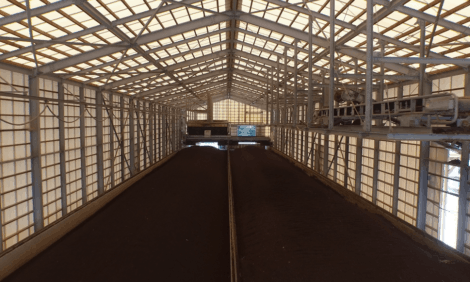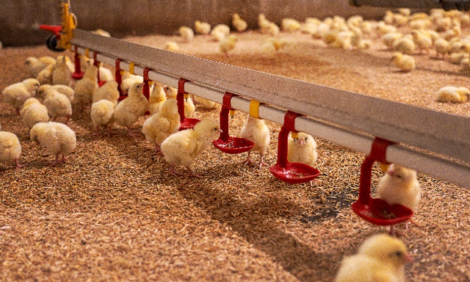



International Avian Influenza Summit: BCO lameness in broilers
Bacterial chondronecrosis with osteomyelitis causes significant economic lossesEditor's note: The following is from a presentation by Adnan Alrubaye, PhD, University of Arkansas, during the Second International Avian Influenza Summit.
Lameness caused by bacterial chondronecrosis with osteomyelitis (BCO) affects 3-5% of all broilers in the US, with epidemic cases reaching 20-25%. Fast growth rates and genetic improvements have led to increased lameness, affecting long bones and causing significant economic losses. Lameness is a painful condition that affects birds' ability to move, leading to welfare and food safety concerns.
The process of BCO lameness involves fast growth leading to mechanical damage (leg microfractures), immunosuppression, and bacterial translocation. Infection can spread through the air, the respiratory tract, or the gut through intestinal junctions and into the bloodstream. This leads to polymicrobial bacteremia which settles into the microfractures in the leg, creates abscesses and causes lameness. The clinical symptoms of BCO include the general symptoms of sick birds: Ruffled feathers, apathy, heads down, pale eye sheath, and limping, dropped wing, and sitting on the hock (kinky back). The bacterial infection in the susceptible joints and legs starts at 4 to 5 weeks of age, when the broilers are well along in the growth process.
Clinical lameness, birds with gait scores of 4 and 5, always results in mortality and represents the tip of the iceberg of the BCO problem. The vast majority of BCO cases are subclinical lesions, gait scores of 1 to 3, which lead to higher feed conversion, lower uniformity, and lower carcass quality. The diagnosis involves euthanizing birds and examining femoral and tibial heads for lesions.
In the 1960s birds used to deposit 25 grams of meat per day. Currently they deposit around 100 grams of meat per day. Genetic improvement, management practices, environmental practices can get birds to a maximum weight quickly. But the legs didn't grow by that much, which means there is too much pressure on the legs, which can create microfractures. BCO lameness mostly affects the proximal plates on the femoral and tibial heads, but also affects the distal plates. Some 66% of the growth in the bone comes from the proximal growth plate, compared to 33% to the distal growth plate.
There is a long list of diagnosed pathogens that can cause BCO, and the list keeps growing. BCO can be caused by Staphylococcus aureus, E. coli, Mycoplasma gallisepticum, Enterococcus cecorum and other Staphylococcus. In the central plains of the US, Staphylococcus agnetus has been found in BCO birds, a bacterium that is normally associated with dairy cattle workers.
BCO prevention
The key to preventing BCO is to improve gut health and immune function by using a combination of probiotics, prebiotics and vaccines. Probiotics improve gut health, prebiotics improve bone health and immune function, and vaccination can be added to further protect the broilers.
In the past three years, researchers at University of Arkansas have received a provisional patent from that university for a polymicrobial vaccine based on five bacterial species that commonly cause BCO. The research and testing to make the vaccine commercially available are ongoing and will take several more years. Electron-beam-killed Staphylococcus vaccine technology is currently available. Bacteria is grown and passed through an E-beam, which shreds the DNA so bacteria cannot multiply but the proteins are still active, and the immune function improves. This technology has been proven to reduce BCO in chickens.
There is no magic bullet to prevent BCO, but producers can try to create a synergism by using different combinations of products. Producers must figure out which combination of products works the best, since prebiotics, probiotics and vaccines all have separate modes of action. Ideally, industry partners can work together to help find the synergism that most benefits broiler producers.









